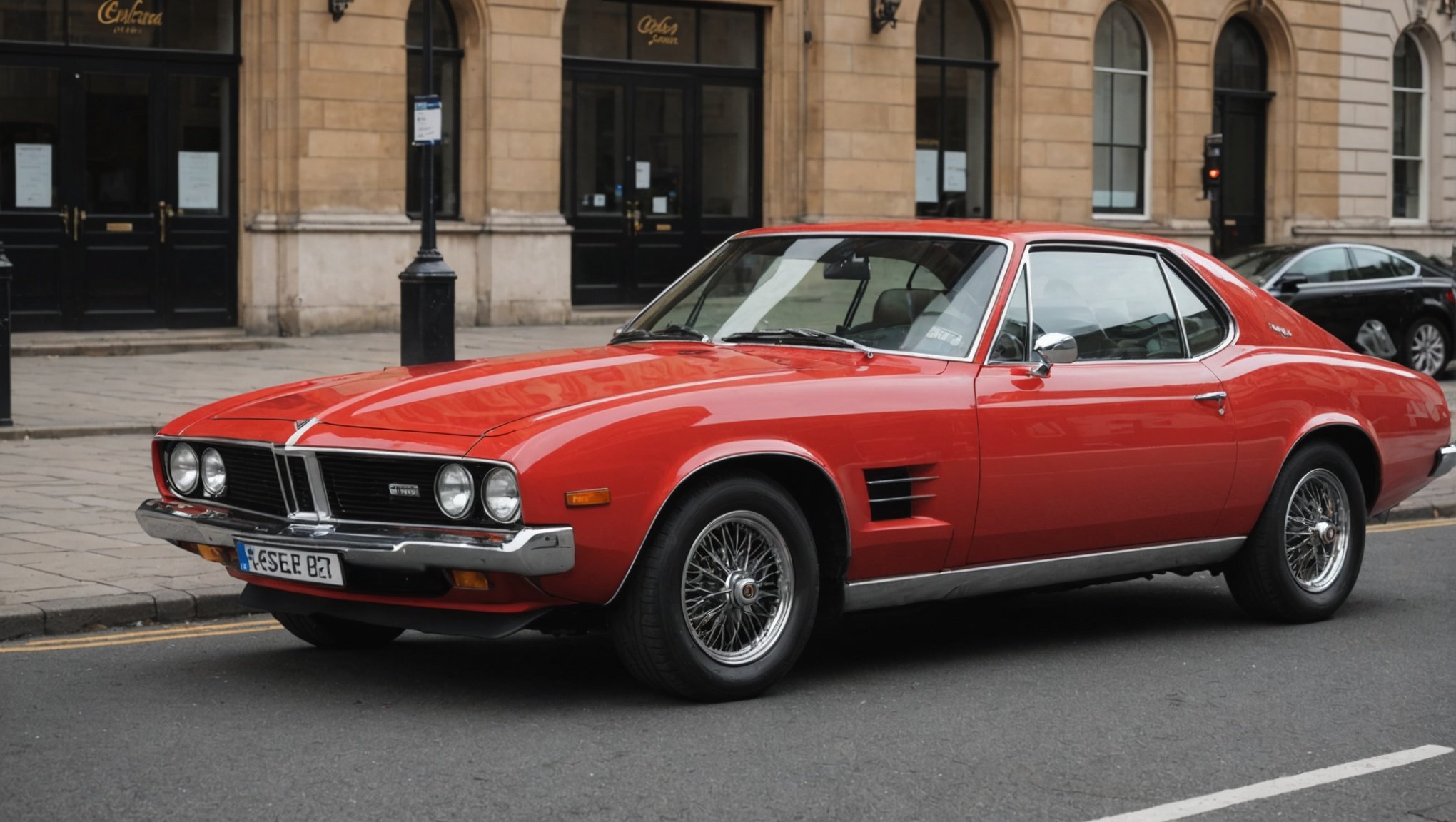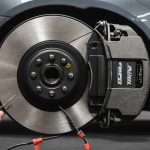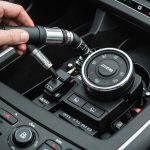Classic UK cars evoke nostalgia and charm, but they often lack modern conveniences. Integrating Advanced Driver-Assistance Systems (ADAS) can enhance safety and usability without sacrificing their vintage appeal. This guide explores practical steps to seamlessly revamp your classic car, making it smarter and more enjoyable to drive. Uncover innovative solutions that respect the original design while providing today’s technological advantages. Embrace the fusion of heritage and modernity, transforming your cherished vehicle for the future.
Understanding Advanced Driver-Assistance Systems (ADAS)
Advanced Driver-Assistance Systems (ADAS) represent a significant leap in advanced safety technology for vehicles. These systems incorporate a range of driver assistance features designed to enhance safety and comfort. Key components of ADAS include adaptive cruise control, lane-keeping assist, and automatic emergency braking. By monitoring the vehicle's surroundings through cameras and sensors, these systems can alert drivers to potential hazards or even take corrective action to avoid collisions.
In the same genre : Maximizing Tire Longevity: Expert Tips for Perfecting Wheel Alignment on UK Vehicles
Integrating ADAS into classic cars offers numerous benefits, including improved safety and a modern driving experience. While classic cars are cherished for their nostalgic appeal, their safety features often lag behind modern standards. By retrofitting them with ADAS, owners can enjoy enhanced protection without compromising the vehicle's vintage charm. This integration involves installing sensors and cameras discreetly to maintain the car's original aesthetics.
Comparing ADAS features with traditional car safety highlights the advancements in technology. Traditional cars rely on passive safety features like seat belts and airbags, which only activate post-incident. In contrast, ADAS provides proactive measures, helping to prevent accidents before they occur. This shift from reactive to proactive safety represents a major advancement in automotive technology, offering drivers a safer and more intuitive driving experience.
Also to discover : Step-by-Step Guide: Installing a Front and Rear Dash Cam in Your UK Vehicle
Steps for Retrofitting ADAS in Classic UK Cars
Retrofitting ADAS into classic UK cars requires careful planning and execution to ensure compatibility and performance.
Assessing Compatibility with Your Classic Car
Before embarking on the installation process, it's crucial to assess the compatibility of your classic car with ADAS. Not all classic vehicles can accommodate modern technology due to structural and electrical limitations. Evaluate your car's electrical system, space for sensors, and existing safety features. Consultation with a professional can provide insights into potential challenges and solutions.
Selecting the Right ADAS System
Choosing the appropriate ADAS for your classic car involves understanding your specific needs and the car's limitations. Consider systems that offer essential features like adaptive cruise control and lane-keeping assist. Ensure that the system you select is adaptable to older vehicles and can be installed without significant alterations to the car's original design.
Detailed Installation Steps
The installation process involves several critical steps:
- Tools and Equipment Needed: Gather necessary tools such as wiring kits, mounting brackets, and diagnostic tools.
- Wiring and Integration Processes: Carefully integrate the ADAS into the car’s existing electrical system, ensuring all connections are secure and compliant with safety standards.
- Testing and Calibration Procedures: After installation, conduct thorough testing and calibration to ensure all systems function correctly and enhance the driving experience.
Legal Considerations for Modifying Classic Cars
When modifying classic cars with Advanced Driver-Assistance Systems (ADAS), understanding the legal requirements and vehicle regulations in the UK is crucial. The UK has specific regulations governing vehicle modifications, aimed at ensuring road safety and environmental compliance. Before making any modifications, it's essential to verify that the changes align with these regulations to avoid legal issues.
One primary consideration is the insurance implications. Modifying a classic car can affect insurance policies, potentially altering coverage terms or premiums. It's important to notify your insurance company of any modifications, including ADAS installations. Failure to do so might result in invalidated insurance coverage in the event of an accident.
Ensuring compliance with safety standards is another critical aspect. Modifications should not compromise the vehicle's structural integrity or safety features. ADAS installations must adhere to the Vehicle Certification Agency's guidelines, ensuring that all components meet safety and performance standards. This includes proper installation of sensors, cameras, and wiring systems.
By understanding and adhering to these legal considerations, classic car owners can enjoy the benefits of modern technology while maintaining compliance with UK regulations. This approach not only enhances safety but also preserves the vehicle's value and legality on the road.
Expert Tips for a Successful Upgrade
Upgrading classic cars with Advanced Driver-Assistance Systems (ADAS) can be a rewarding endeavour, but it requires careful attention to detail. Here are some expert tips to ensure a successful upgrade, focusing on safety enhancements and avoiding common pitfalls.
During installation, one frequent mistake is neglecting to verify sensor alignment. Misaligned sensors can lead to inaccurate readings and compromised system performance. Ensure that all sensors are correctly positioned and calibrated to the manufacturer's specifications. Another pitfall is overlooking the vehicle's existing electrical capacity. Expert advice suggests checking the car’s electrical system to prevent overloads that could damage both the ADAS and the vehicle.
For maintenance, regular updates are crucial. ADAS technology evolves rapidly, and keeping your system updated ensures optimal performance and safety enhancements. Schedule periodic checks with a professional to address any emerging issues.
If you encounter challenges, there are numerous resources available for further assistance. Online forums and communities dedicated to classic car enthusiasts can be invaluable. Additionally, consulting with specialists who have experience in retrofitting ADAS can provide tailored troubleshooting solutions.
By following these expert tips, classic car owners can enjoy the benefits of modern technology while preserving their vehicle's charm and functionality.
Case Studies of Successful ADAS Integration
Exploring real-world examples of classic car upgrades with Advanced Driver-Assistance Systems (ADAS) provides valuable insights into the process and its benefits.
Profile of a Classic Car Successfully Upgraded
Consider a 1965 Ford Mustang, a beloved classic that underwent a seamless ADAS integration. This upgrade included adaptive cruise control and lane-keeping assist, maintaining the car's vintage aesthetics while enhancing safety. The installation was executed with precision, ensuring that all components were discreetly placed to preserve the car's original charm.
Lessons Learned from Each Case
From this and other case studies, key lessons emerge. Firstly, the importance of selecting compatible ADAS systems cannot be overstated. Each classic car has unique structural and electrical characteristics that must be considered. Secondly, professional installation is crucial to avoid potential pitfalls, such as sensor misalignment or electrical overloads.
Impact on Safety and Driving Experience
The impact of ADAS on safety and driving experience is both quantitative and qualitative. Owners report a significant reduction in near-miss incidents and an enhanced sense of security on the road. Feedback from drivers highlights improved confidence, particularly in challenging driving conditions. These upgrades not only preserve the nostalgic appeal of classic cars but also elevate their functionality to modern standards, offering a safer and more enjoyable driving experience.














